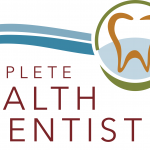
Dr. McGlennen: Tell me how you use OralDNA® salivary diagnostics.
Charissa Wood RDH: At Atlanta Dental Spa, we utilize OralDNA® salivary diagnostics to help our patients achieve optimal oral health. We take a complete health approach to our patients’ care and salivary diagnostics helps us assess our patients’ genetic predispositions to inflammation as well as the perio-pathogen load levels. OralDNA® lab reports allow us to truly tailor patient care based off the information we get from test...
Read More









